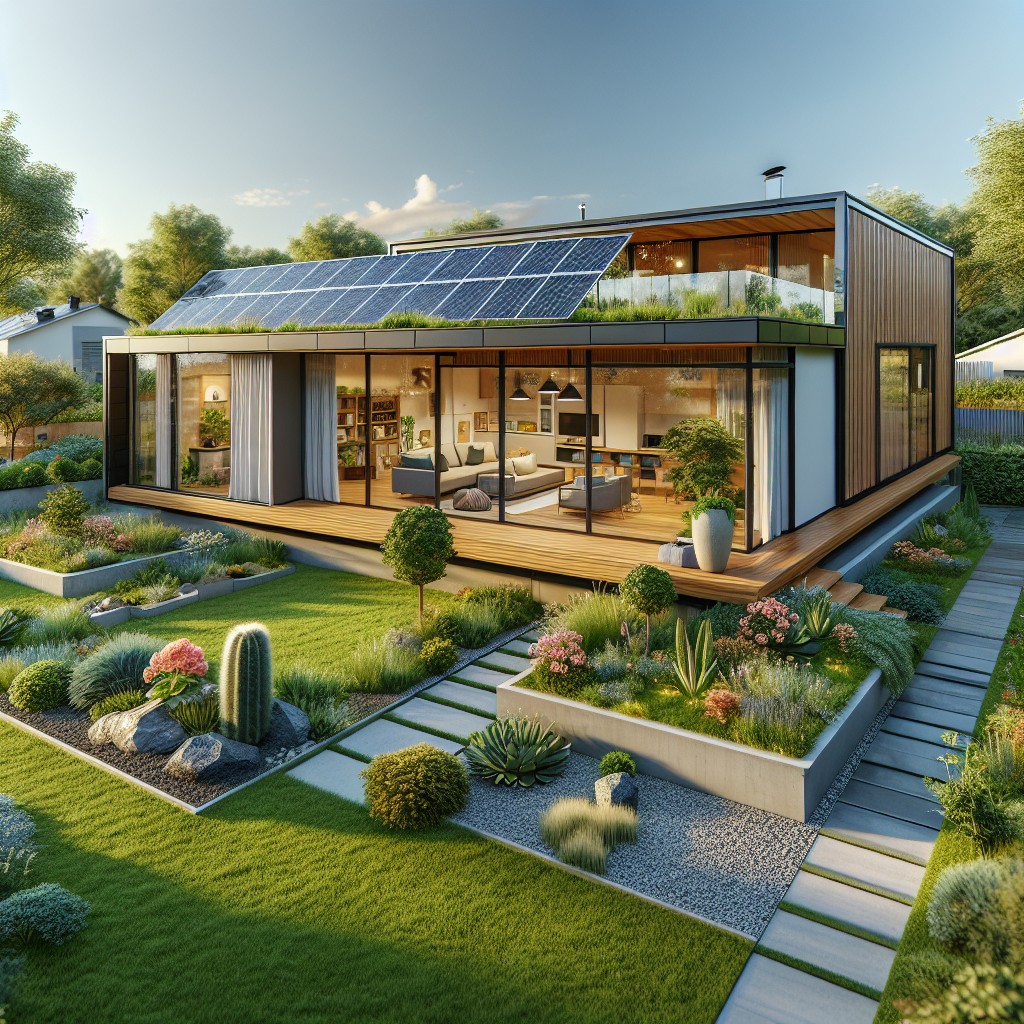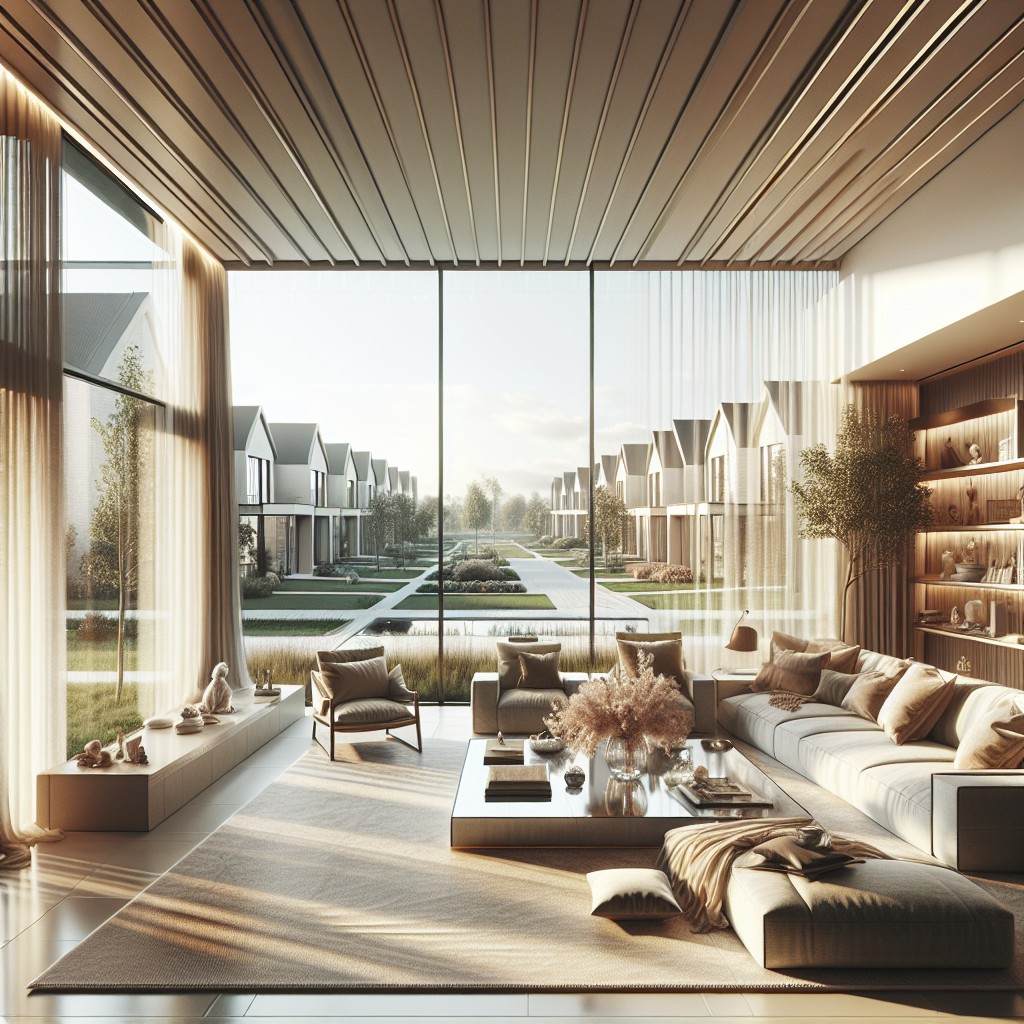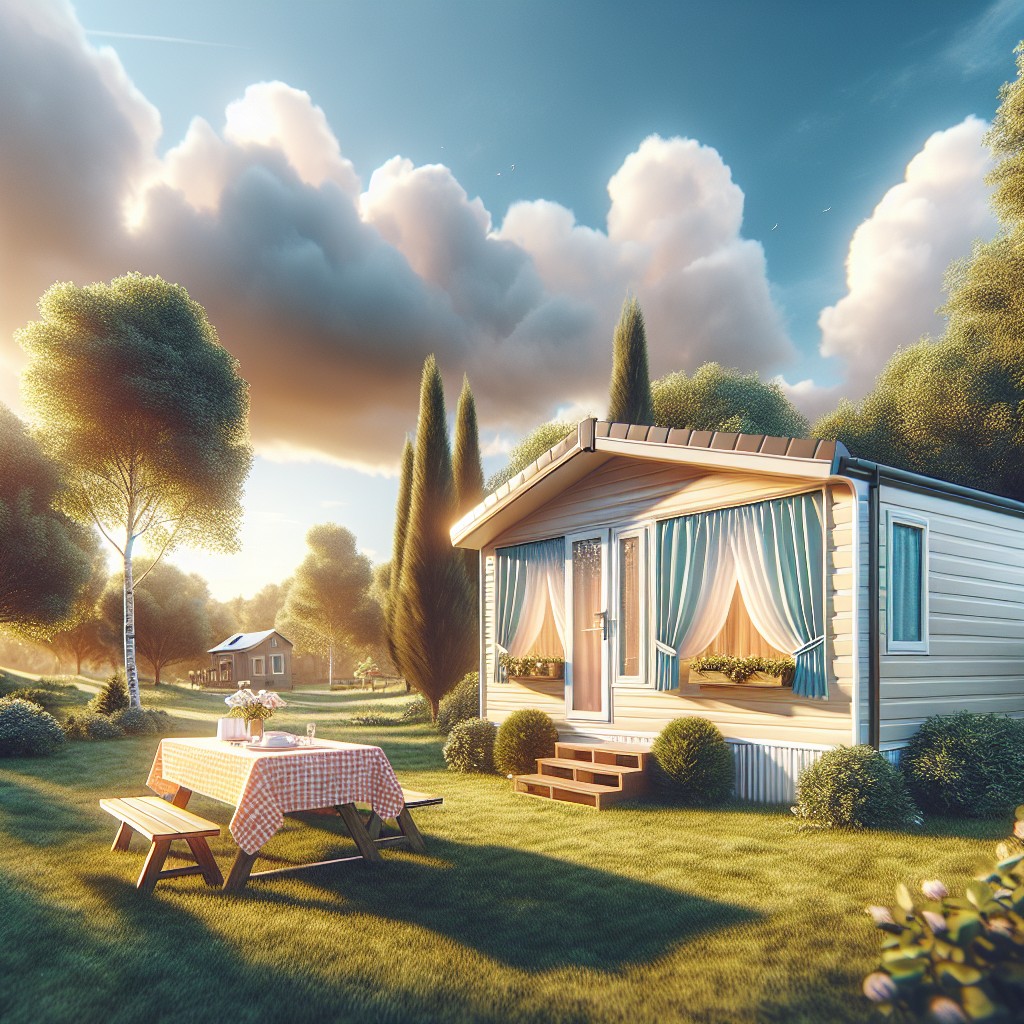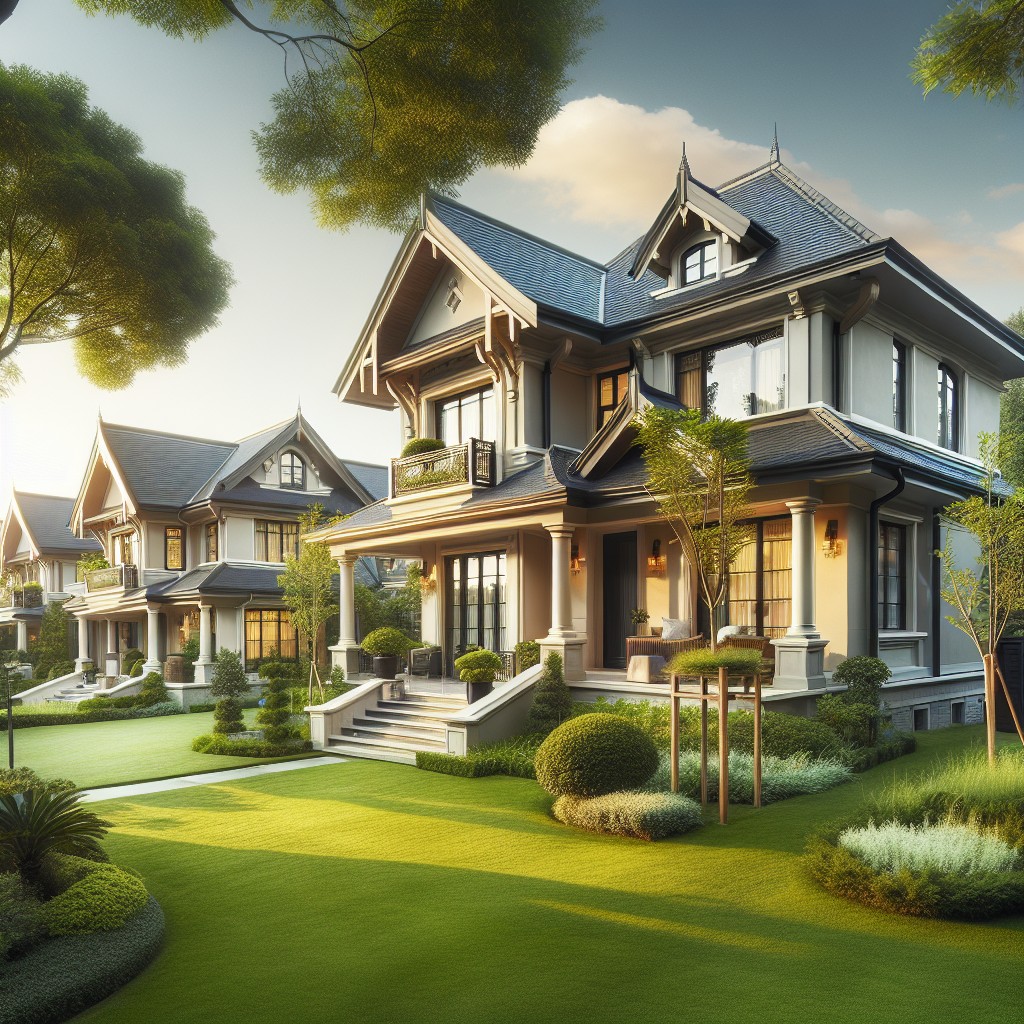Last updated on
Become privy to the wonders of Zip Kit Homes because their models encapsulate both cost efficacy and sustainable living, setting new standards in the housing market.
Key takeaways:
- Variety of models to suit different needs and preferences
- Emphasis on sustainability and energy efficiency
- Streamlined construction process reduces build time
- Modern aesthetics with open spaces and ample natural light
- Affordable pricing compared to traditional and luxury prefab homes
Overview of Zip Kit Homes

Zip Kit Homes offers a fresh approach to prefabricated housing by providing modern designs that blend both functionality and aesthetics. With a focus on streamlined construction processes, they minimize on-site build time, resulting in cost and time efficiencies. Their homes are characterized by high-quality materials, energy efficiency, and a range of custom options to suit various needs and site conditions.
The ease of assembly and delivery to nearly any location makes them an attractive solution for those looking to build a new home with less hassle. Their commitment to sustainability is evident in the use of eco-friendly materials and methods, echoing a growing demand for responsible building practices.
Zip Kit Homes Prefab Home Models
Zip Kit Homes offers a diverse range of prefab models, each uniquely designed to cater to different needs and preferences. Key points about these models include:
- Variety: The selection includes smaller, studio-style layouts for individuals or couples, larger multi-bedroom designs for families, and everything in between.
- Customization: Standard models can be tailored to personal tastes and requirements, allowing homeowners to choose finishes and fixtures.
- Sustainability: Energy-efficient features are standard, with options for upgrades like solar panels or super-insulated walls for even greater eco-friendliness.
- Build Time: Due to the prefab nature of these homes, construction time is substantially reduced in comparison to traditional builds.
- Modern Aesthetics: Architectural design is contemporary, featuring clean lines, open spaces, and ample natural light.
- Regional Adaptability: Homes are engineered to meet specific regional codes and weather conditions, ensuring durability and longevity.
Each model aims to blend aesthetic appeal with functionality, emphasizing comfort and sustainability for a broad spectrum of homeowners.
Design Focus of Zip Kit Homes
In crafting their residences, Zip Kit Homes places a strong emphasis on modern, clean, and energy-efficient designs. Their homes are conceived with functionality and minimalism in mind, often featuring open-concept floor plans that maximize space and light. The use of large windows and high ceilings is not only stylistically appealing but also serves to enhance natural illumination and promotes a sense of spaciousness.
Sustainability is another cornerstone of their design philosophy. Materials and building practices are selected based on their environmental friendliness and energy conservation properties. This includes the installation of well-insulated walls, roofs, and floors, as well as optional upgrades like solar panels to further reduce energy costs and carbon footprints.
Each model is designed for easy shipping and assembly, without compromising on the architectural appeal. The aesthetically pleasing exteriors are matched with practical interiors that offer homeowners the flexibility to personalize their spaces. Attention to detail ensures that the finish and quality remain consistent, creating a comfortable and durable living environment that aligns with contemporary lifestyles.
Home Features Offered By Zip Kit Homes
Zip Kit Homes are designed with efficiency and modern living in mind, incorporating features that cater to a variety of lifestyle needs:
- Energy Efficiency: High-quality insulation, efficient windows, and an optional solar panel system contribute to lower utility bills and a smaller carbon footprint.
- Sustainable Materials: Use of sustainably sourced materials, low-VOC paints, and finishes supports a healthier indoor environment and a commitment to eco-friendliness.
- Space Optimization: Every square foot is maximized through smart design, ensuring that homes feel spacious regardless of size.
- Customization Options: Buyers can choose finishes, colors, and other design elements to personalize their space to suit their taste and needs.
- Fast Assembly: Precision in the factory leads to faster assembly on-site, minimizing construction time and disruption.
- Built-in Storage: Thoughtfully designed built-in storage solutions help maintain organization and reduce clutter.
What the Home Price Includes At Zip Kit Homes
When you opt for a Zip Kit Home, the baseline price typically encompasses the exterior shell and all the components necessary for the structural integrity of your home. This includes floor systems, wall panels, roof trusses, doors, and windows. The price also accounts for essential interior features such as finishes, cabinets, countertops, and plumbing fixtures.
Additionally, the cost incorporates the delivery of these components to your building site, as well as a set of detailed instructions to guide either a local contractor or yourself through the assembly process – think of it like a large-scale, sophisticated LEGO set for your new dwelling.
Importantly, it’s worth noting that the foundation, site preparation, and utility connections are not covered in the initial pricing. These aspects depend heavily on the location and individual circumstances of the build site, requiring separate budgeting and planning.
Zip Kit Homes in the News
Zip Kit Homes has gained media attention for advancing the prefab housing market with efficient, eco-friendly home designs. Publications such as Dwell and Treehugger spotlighted their ability to reduce construction waste and time through modular building techniques.
Additionally, they’ve been featured on green living blogs for their use of sustainable materials and energy-efficient systems. In a notable case study, Zip Kit Homes was recognized for the speed of their home assembly, demonstrating a completed structure ready for occupancy in a significantly shorter period than traditional building methods.
These instances of recognition highlight the impact of Zip Kit Homes in promoting sustainable living and innovation in the housing sector.
Reviews of Zip Kit Homes
Customer feedback consistently highlights the simplicity and efficiency of the building process with Zip Kit Homes. Many homeowners express satisfaction with the quality of construction and the modern design aesthetics of their finished homes. Energy efficiency is often praised, thanks to features like well-insulated panels and energy-efficient windows that contribute to reduced utility costs.
On the flip side, a few customers mention the need for clear communication regarding timelines and expectations for delivery and assembly. Some also note that while the base model prices are reasonable, costs can rise with customizations and additional features.
Additionally, there is appreciation for the eco-friendly aspect of these homes, with some homeowners feeling proud to contribute to a smaller carbon footprint. The use of sustainable materials coupled with a waste-reducing manufacturing process resonates well with eco-conscious buyers.
Reviews often include stories of positive interactions with customer support, indicating that after-sales service is taken seriously. When issues arise, the Zip Kit Homes team is reported to be responsive and proactive in seeking resolutions, suggesting a commitment to customer satisfaction.
Comparison of Zip Kit Homes Cost to Other Prefab Home Brands
Prefabricated homes have surged in popularity due to their affordability and sustainable construction. Zip Kit Homes are no exception, offering competitive pricing compared to traditional stick-built houses and even some prefab competitors.
When evaluating costs, consider these points:
- Base Price Variations: Zip Kit Homes’ base prices are often lower than those of luxury-oriented prefab brands. This affordability stems from streamlined designs and factory efficiencies.
Included Features: Understand that costs can vary widely based on what’s included. Zip Kit offers a range of features standard with their pricing, while other brands might charge extra for similar amenities.
Customization Costs: Adding personal touches or customizing floor plans can increase the total price, but Zip Kit Homes typically offer these at a lower premium than high-end prefab companies.
Delivery and Assembly: It’s important to factor in the costs of delivery and assembly. Zip Kit Homes often have regional restrictions to maintain costs, whereas other brands may include nationwide delivery but at a premium.
Long-Term Savings: The energy-efficient design and materials used in Zip Kit Homes can lead to significant long-term utility savings, an aspect that may not be as pronounced in all other prefab home options.
Resale Value: Consider the potential resale value. The growing reputation of Zip Kit Homes for quality and sustainability can potentially lead to a better return on investment.
By comparing these elements, potential homebuyers can make an informed decision regarding the affordability and value of Zip Kit Homes in relation to other prefab home brands.
FAQ
Is it cheaper to build a kit home?
Yes, building a kit home is typically less expensive compared to traditional on-site home builds.
What are the environmental benefits of opting for a Zip Kit home?
Zip Kit homes offer significant environmental benefits by reducing waste through precision prefabrication, improving energy efficiency through high-quality insulation, and decreasing carbon footprint with shorter construction durations.
How do Zip Kit homes fare in terms of structural stability and durability compared to traditional homes?
Zip Kit homes, with their precision-engineered components and high-quality materials, offer comparable structural stability and durability to traditionally built homes.
What is the typical timeline for the construction of a Zip Kit home?
The typical timeline for the construction of a Zip Kit home is around 12 to 16 weeks from delivery to move-in.
Related reading:
Table of Contents





